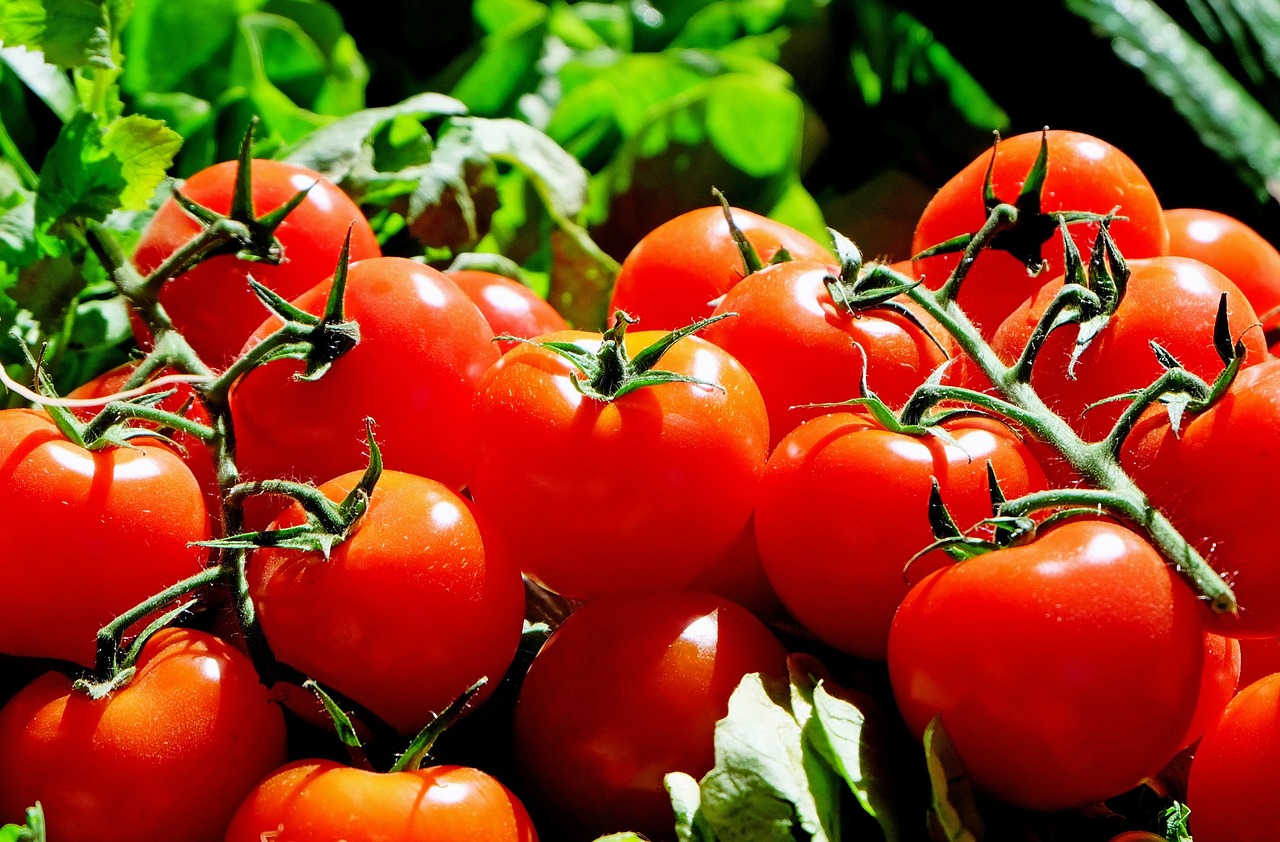This is a little bit of a different kind of Food History post.
I was inspired to write about Florida tomatoes (sorry to pick on you, Florida) from a fascinating book that came out just three years ago, Tomatoland: How Modern Industrial Agriculture Destroyed Our Most Alluring Fruit, by Barry Estabrook.
Estabrook, a former editor of Gourmet and founder of Eating Well, explains how the majority of supermarket tomatoes are being created with the intention of being able to survive long journeys from the farm to the store – flavor and nutrients are sacrificed for the sake of longevity and durability.
Tomatoes are a viable kind of plant. They can be grown almost anywhere, through a variety of methods, which is probably why they’re the most commonly grown vegetable by home gardeners.
During the summer months, with an “eat local” movement sweeping the country, you are likely to find decent tomatoes at the grocery store, hopefully produced by a local farmer. However, as you know, tomatoes can be found at any time of the year.
During the off season – between October and June – if you buy a tomato at a grocery store it is likely to be from Florida (or possibly Mexico if you’re on the West Coast).
Tomatoes grow best in fertile, well-drained soil, with adequate sun. In Florida, most tomatoes are grown in sand, which contains few nutrients or other beneficial materials.
Furthermore, Florida’s humidity yields to high numbers of invasive insects, subsequently resulting in heavy use of chemical pesticides on the tomatoes. In fact, Florida applies more than eight times the amount of pesticides and herbicides than California, the state that is second in tomato production to Florida.
In Estabrook’s introduction to his book, he tells a story of how he was in Naples driving behind a tomato truck. Several tomatoes bounced off the back of the truck and littered the road.
But here’s the shocking part – not one of them smashed. This is because they’re bred for durability, to last through these long trips across the country to various grocery stores. Estabrook said the tomatoes more resembled Granny Smith apples than actual, real tomatoes.
Perhaps the most disturbing notion of tomatoes grown in Florida is the slavery aspect, specifically in Immokalee, Florida. Admittedly, this situation has seem to improved as of very recently, which I will get to in a moment.
At the time of the writing of Tomatoland, 2011, slavery in the tomato fields was still running rampant. In the chapter, “From the Hands of a Slave,” Estabrook describes a US attorney for Florida’s Middle District in Fort Myers, Douglas Molloy, who was working six to twelve slavery cases at any given time.
“He also says that any American who has eaten a winter tomato, either purchased at a supermarket or on top of a fast food salad, has eaten a fruit picked by the hand of a slave. ‘That’s not an assumption,’ he told me. ‘That’s a fact.'”
Estabrook goes on to tell the stories of Hispanic men who found themselves in basic slavery. They lived in unsanitary conditions, worked 10 1/2 hour shifts six days a week, were exposed to horrific pesticides and herbicides while working, and the stories only get worse from there. For complex reasons, in many cases, these men were unable to ask for or accept help from authorities.
Fortunately, an article published in April of this year, claims that the Florida slavery situation is improving, and “[leaving] behind its often brutal past.” The Florida tomato industry is partnering with the CIW (Coalition of Immokalee Workers) in a Fair Food Program, which is hopefully the first step in correcting this shockingly horrific situation of slavery right here in the United States.
Unfortunately, according to the linked to above article, while Florida is making strides to correct their problem, Mexican tomato growers are not.
Putting the slavery element of Florida tomatoes aside, again, it must be emphasized that Florida is not the ideal place to grow tomatoes. People have become so accustomed to the grocery store Florida tomato, they don’t even know what a real tomato tastes like anymore.
The solution? Grow your own tomatoes at home, or purchase them from a local grower. To ensure quality, local tomatoes throughout the winter, can them.
This is one of those posts where the topic is so great I cannot accurately capture everything in here. I would highly, highly recommend picking up Estabrook’s fascinating book and learning more about the Florida tomato industry.
